In today’s digital landscape, purchasing decisions often begin on Google instead of the checkout. A single search can expose prospects to a business’s entire public reputation through its Google Reviews, often displayed prominently in search results and Maps listings.
These reviews influence whether a potential customer clicks through, visits a storefront, or abandons the search altogether.
For businesses aiming to drive higher order volumes, understanding the strategic importance of Google Reviews is essential. These user-generated signals offer social proof and serve as behavioral nudges, subtly guiding buyer intent and accelerating the decision-making process.
Importantly, they feed into Google’s own ranking algorithms. Thus, they shape visibility on local search and determine how often a business appears in the coveted Map Pack.
This blog will explore how and why Google Reviews impact buyer psychology, SEO performance, and conversions. The goal is to equip business owners with a detailed framework for leveraging them for measurable growth.
Table of Contents
The Psychology of Reviews: Why They Influence Buyers
Consumer decisions are rarely made in a vacuum. Even when a product or service appears to meet a customer’s needs, external validation plays a critical role in affirming the choice.
This is where the psychological power of reviews comes into play, especially on Google, where visibility and trust are intertwined.
At the core of this influence lies the principle of social proof- public compliance. When potential buyers see others publicly endorsing a business, they instinctively feel more confident in making a purchase.

In unfamiliar buying situations, people rely on others’ experiences as cognitive shortcuts, reducing the perceived risk involved.
Additionally, confirmation bias fuels the impact of positive reviews. Once a buyer is slightly inclined toward a product or service, favorable feedback strengthens their existing belief, pushing them closer to conversion.
The opposite also holds: a handful of negative reviews can outweigh dozens of positives if they address a buyer’s specific concern.
Reviews also mitigate what behavioral economists term the “fear of post-purchase regret.” Detailed testimonials reassure users that others had positive outcomes, reducing anxiety and increasing the likelihood of follow-through.
There’s also a subconscious authority effect at play. Highly-rated businesses appear more legitimate, credible, and professional, even before a single interaction occurs.

Even if people haven’t had a Starbucks drink or used an Apple product, most will automatically assume they are of superior quality.
This authority effect is amplified on platforms like Google, where ratings are paired with visibility cues (stars, volume, recency).
In essence, reviews do more than reflect customer satisfaction; they shape future behavior. Buyers trust other buyers. Google simply amplifies that trust at scale, making it an integral part of any growth-oriented sales strategy.
Visibility and SEO: Reviews as a Ranking Signal
For businesses operating in competitive markets, visibility on Google is a revenue-driving asset. Reviews directly influence this visibility, serving as a localized ranking signal in Google’s algorithm.
While content, proximity, and relevance remain foundational, the volume and quality of reviews help determine whether a business surfaces in the top local results.
Google has confirmed that online reviews contribute to local search rankings. Specifically, fresh, frequent, and sentiment-rich reviews can strengthen your business’s presence in both the Local Pack and organic results.
In this context, reviews become a dual-purpose tool: they reinforce users’ credibility while enhancing technical performance in search.
Key ways reviews impact SEO include:
- Keyword Density in User Reviews: User-generated content often contains natural keywords that align with local intent and industry-specific queries. It boosts semantic relevance without requiring keyword stuffing.
- Review Volume and Frequency: A steady stream of new reviews indicates to Google that your business is active and engaging with customers, which supports better rankings.

- Review Diversity: Reviews across different platforms (Google, Yelp, industry-specific directories) send trust signals to search engines that your brand has authority across the web.
- Engagement Metrics: Responses to reviews, especially when prompt and professional, further demonstrate your activity and reliability to both users and Google.
- Review Score Average: A high average rating, particularly over 4.2 stars, improves click-through rates from search, another behavioral signal used in ranking algorithms.
More importantly, reviews influence where and how prominently your business appears when someone searches “best [service] near me” or other buyer-intent phrases.
A well-reviewed competitor can outpace a more established but poorly rated one simply by earning consistent and authentic feedback.
In short, reviews simultaneously act as content, ranking factors, and reputation assets. Optimizing this layer gives any visibility strategy a tangible, data-backed boost.
Conversion Power: How Reviews Drive Action and Orders
Visibility draws attention, but conversion turns that attention into sales. Google Reviews bridges this gap by delivering powerful, trust-centric signals during critical decision-making.
Reviews in the Decision Funnel
Buyers move through a predictable funnel: from awareness to consideration to decision. Reviews occupy the consideration stage but directly influence the decision point. When a user compares providers, reviews provide the immediate evidence needed to finalize a choice.
Multiple studies have shown that buyers scan reviews before engaging, even if they discovered the business through ads or word of mouth. A compelling review profile significantly shortens the consideration cycle.
Trust Signals: Star Ratings and Detailed Feedback
The star rating visible in Google listings serves as a visual shorthand for credibility. A business with 4.5 stars and 100+ reviews instantly looks more trustworthy than one with no ratings or erratic feedback.

More than that, detailed user reviews offer context: how quickly the product shipped, how a team handled a complaint, or what the actual service experience felt like. These specifics create relatability, letting potential buyers envision their own experience.
Review Strength and Purchase Likelihood
A study by Spiegel Research Center found that displaying reviews can increase conversion rates by up to 270%, especially when the reviews are verified and recent. Volume also matters. A higher number of reviews increases perceived legitimacy and reduces doubt.
If addressed professionally, negative reviews can enhance trust by showing transparency and responsiveness.
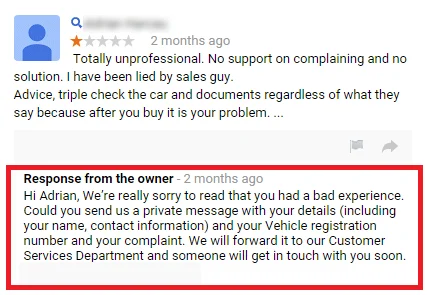
The Zero Moment of Truth
Coined by Google, the “Zero Moment of Truth” refers to the instant a consumer researches a product before purchase. In this moment, reviews often serve as the deciding factor.
When your review profile satisfies this need (authentic, recent, and positive), you remove friction from the buying journey. Instead of hesitating, the user proceeds with confidence, often directly from the search results to placing an order.

Ultimately, Google Reviews’ conversion power lies in their ability to act as both validation and persuasion at scale and without requiring additional marketing spend.
Industries That Benefit the Most from Google Reviews
While almost every business can gain from a strong review presence, some industries are especially vulnerable to public perception and feedback. For these sectors, customer reviews significantly shape revenue, foot traffic, and competitive edge.
- Restaurants and Cafés: Dining is both experiential and personal. Before visiting, users often check reviews for cleanliness, food quality, service consistency, and ambiance. Even small fluctuations in rating can shift customer preferences.

- Healthcare and Dental Clinics: Patients evaluate clinical competence, bedside manner, appointment availability, and front-desk behavior. Negative reviews in this space raise immediate red flags, often prompting users to choose another provider.
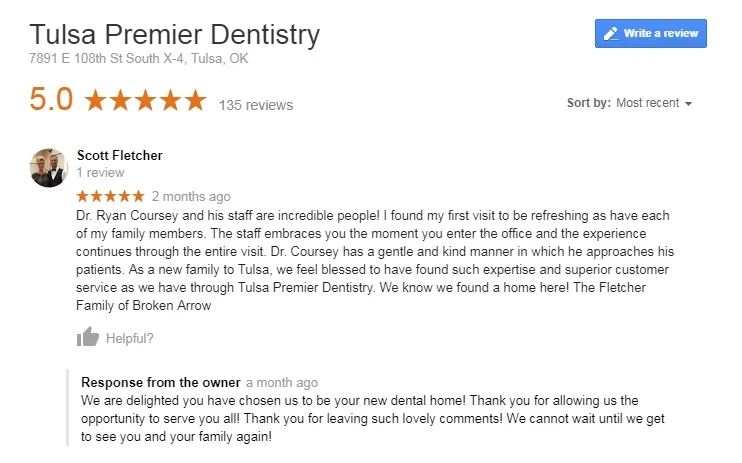
- Home Services (plumbers, electricians, cleaners): Trust is paramount with high stakes and limited repeat customers. Positive reviews create reassurance around reliability, professionalism, and workmanship, especially in emergencies or one-off tasks.
- Legal and Financial Services: These fields are defined by discretion, expertise, and accountability. Clients rarely proceed without checking credibility, and a pattern of detailed positive reviews strongly influences first consultations.

- E-commerce and Retail Stores: Especially for local boutiques or niche sellers, Google Reviews help customers judge product quality, delivery speed, and customer service without relying solely on brand recognition.
- Automotive Services and Dealerships: Car-related purchases involve high costs and long-term implications. Reviews addressing sales pressure, transparency, warranty service, or maintenance can make or break conversion rates.

- Hospitality and Travel: Hotels, B&Bs, and tour operators rely on social proof to attract bookings. Users seek confirmation of comfort, cleanliness, staff friendliness, and accurate listing descriptions.

Each of these sectors has a high perceived risk from the consumer’s perspective. That risk is mitigated when another customer has vouched for the experience. Google Reviews, in these contexts, serve as informal but decisive gatekeepers.
Strategies to Get More High-Quality Google Reviews
Building a robust Google review profile is neither accidental nor passive. It requires intentional actions at every customer touchpoint and a system that encourages genuine, consistent feedback.
- Request at the Right Moment: Timing matters. Ask for a review immediately after a positive interaction, be it a successful project, a compliment in person, or a resolved issue. Catching the customer at the height of satisfaction increases response rates.
- Simplify the Process: Provide direct links to your Google review page via email, SMS, or QR codes. The fewer clicks it takes, the more likely a customer will follow through. Pre-written instructions help clarify the process without scripting the review itself.
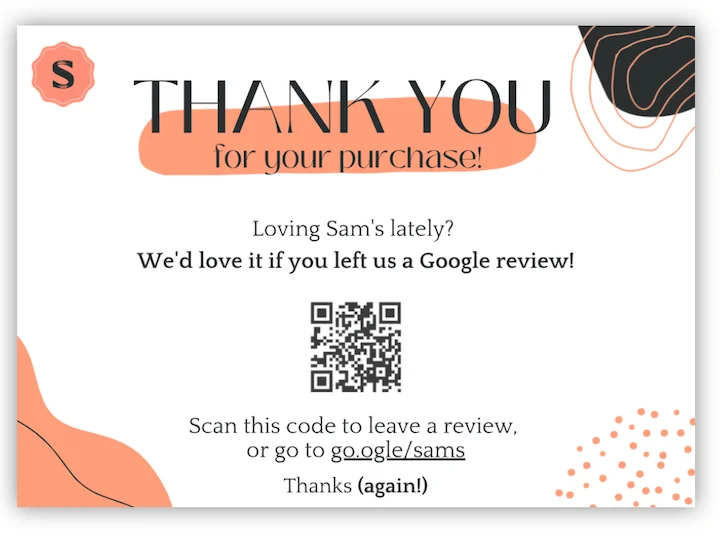
- Personalize the Ask: Generic mass requests often get ignored. Address the customer by name, reference the specific service or purchase, and thank them for choosing you. Personalized prompts feel more authentic and respectful.
- Incorporate Review Requests in Workflows: Train staff to include review requests in wrap-up routines or follow-up emails. Automate this process where possible using CRM integrations while maintaining a human tone.
- Respond to Existing Reviews: Engaging with current reviews shows that feedback is valued. Thank positive reviewers and address negative feedback constructively.
It encourages others to leave honest, thoughtful responses, knowing their voice will be heard.
- Avoid Incentivizing: Google’s policies prohibit offering gifts or discounts in exchange for reviews. Instead, focus on delivering a remarkable experience that naturally motivates customers to advocate for you.
- Use Signage and Digital Assets: Place “Review Us on Google” stickers at checkout points, email footers, or even in product packaging. These subtle reminders reinforce that feedback is welcome.
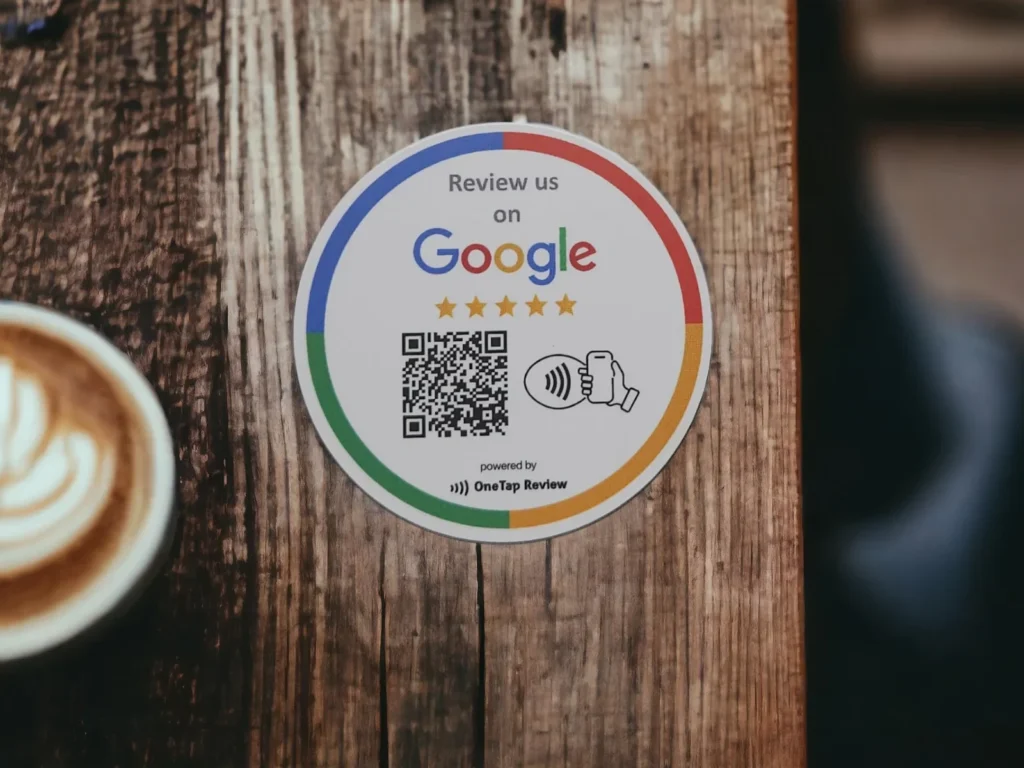
- Monitor Trends and Analyze Feedback: Don’t just collect reviews; study them. Repeated praises or complaints offer strategic insight into service strengths and operational gaps.
Consistent, high-quality reviews result from a repeatable system backed by strong customer experience. When your business treats every interaction as review-worthy, the volume and quality of feedback follow organically.
Avoiding Common Pitfalls in Review Management
While collecting and responding to Google reviews can strengthen customer trust and improve conversion rates, poor execution in review management can damage credibility and limit growth. Avoid these frequent mistakes that often go unnoticed.
- Responding Emotionally to Negative Reviews: Defensive or argumentative replies can escalate conflicts and drive potential customers away.
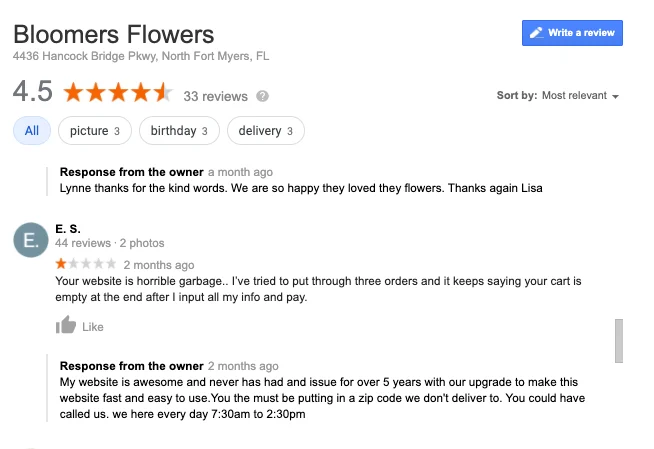
Example: How Not to Respond to Negative Reviews
Maintain a composed tone, acknowledge the issue, and offer an offline resolution path. A measured response reflects professionalism and maturity.
- Soliciting Fake or Incentivized Reviews: Paying for reviews or offering rewards violates Google’s terms and risks public exposure. Artificially inflated review profiles are easy to detect and can permanently damage reputations if flagged.
- Neglecting Neutral or Moderately Negative Feedback: Most focus goes to glowing or scathing reviews. However, 3- and 4-star reviews often contain nuanced, actionable insights.
Responding to them with thoughtful engagement shows you value all feedback, not just the extremes.
- Inconsistent Review Requests: Sporadic review collection leads to activity spikes followed by silence. This uneven cadence can look suspicious. Build review collection into daily workflows to ensure consistent volume over time.
- Not Monitoring Review Trends Over Time: Is your average rating increasing or decreasing? Are similar complaints being repeated?
Treat reviews as ongoing performance diagnostics, not just testimonials. Data without analysis has limited strategic value.
Review management should align with broader customer experience and branding efforts. A careless review ecosystem undermines credibility, whereas disciplined practices compound into lasting trust.
Real-World Examples: Businesses That Boosted Orders via Google Reviews
Several companies across sectors have significantly leveraged Google Reviews to improve visibility and conversion. These examples highlight how reviews directly support revenue growth when treated as strategic assets.
The Coffee Collective – Denmark
This specialty coffee shop actively encourages post-visit reviews, responding to each one with customized messages. Their Google profile reflects high engagement and transparency, with a 4.5-star rating boosting both foot traffic and online orders.
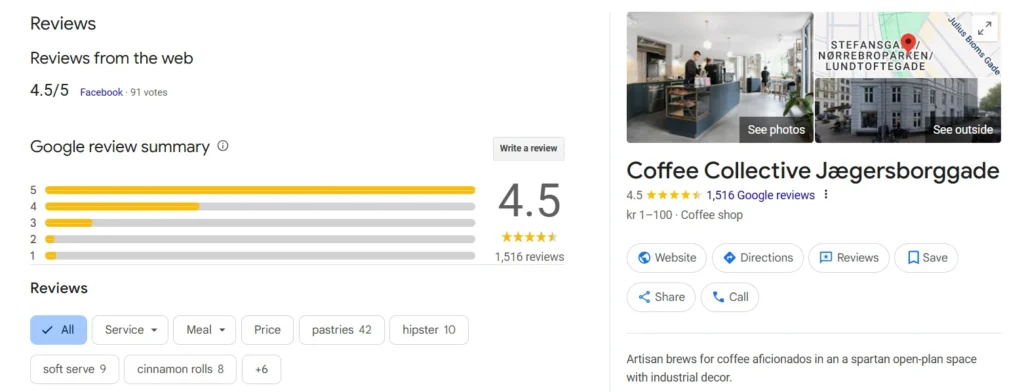
Belle Tire – Midwest US
Belle Tire, a tire and auto service chain, used a coordinated review strategy across hundreds of locations. After implementing a location-based Google Review push, they saw a measurable lift in service appointments and order volume, especially from mobile search.
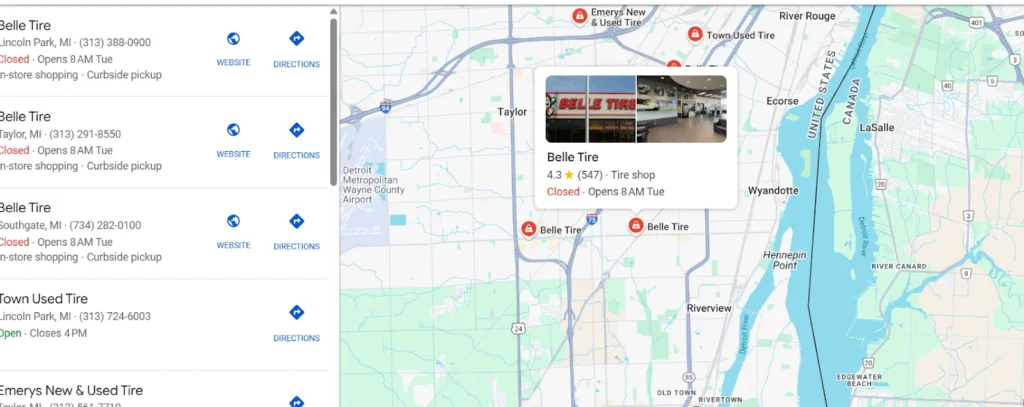
Beardbrand – Texas, USA
Beardbrand uses Google Reviews to validate product quality for grooming kits. The brand doesn’t shy away from mixed reviews and uses each one to fine-tune their product line and support tone.
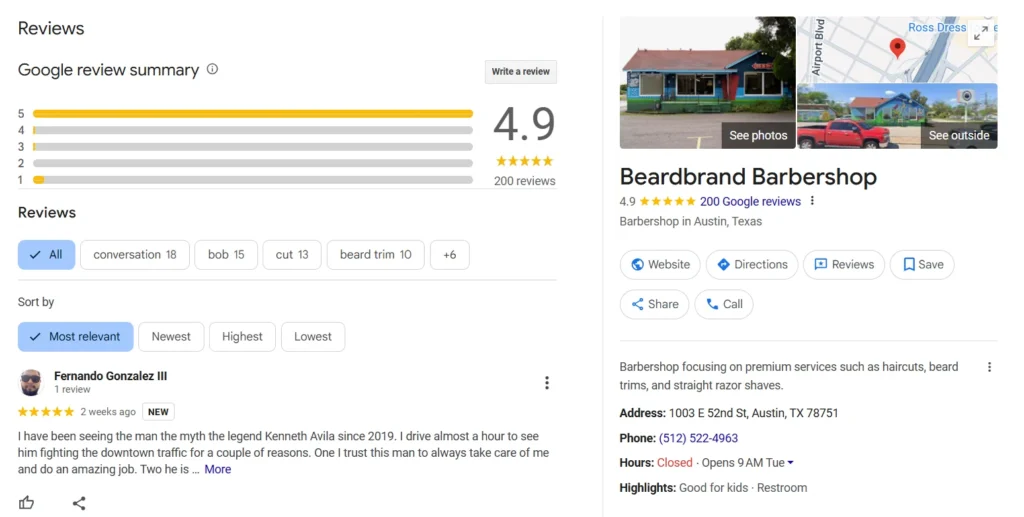
Their local presence in Austin is bolstered by a strong review portfolio, which helps convert foot traffic and eCommerce users.
These businesses do not treat reviews as vanity metrics. Instead, they use them as dynamic marketing tools, amplifying customer feedback into visibility, trust, and ultimately, orders.
Conclusion
Google Reviews operate at the intersection of trust, visibility, and conversion. They influence search engine rankings, shape purchase decisions, and provide ongoing customer insight.
For business owners, reviews are strategic levers that affect bottom-line performance.
Managing this channel requires intention, consistency, and a long-term approach. Order volume rises organically when customers feel heard and future buyers find trustworthy signals. The businesses that understand this operationalize their reviews.
If building customer trust at scale is a priority, there’s no stronger asset than a well-managed Google Review profile.


